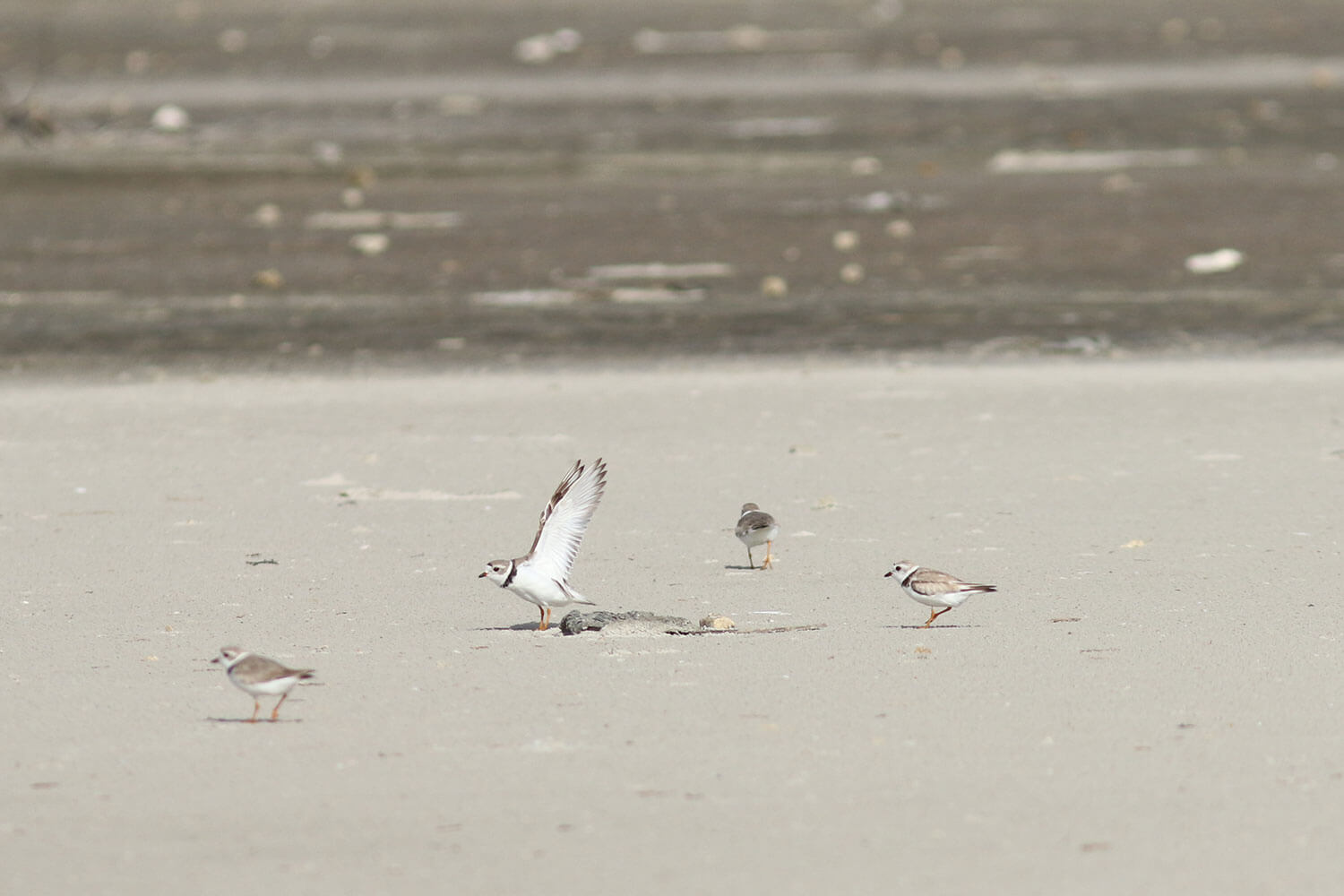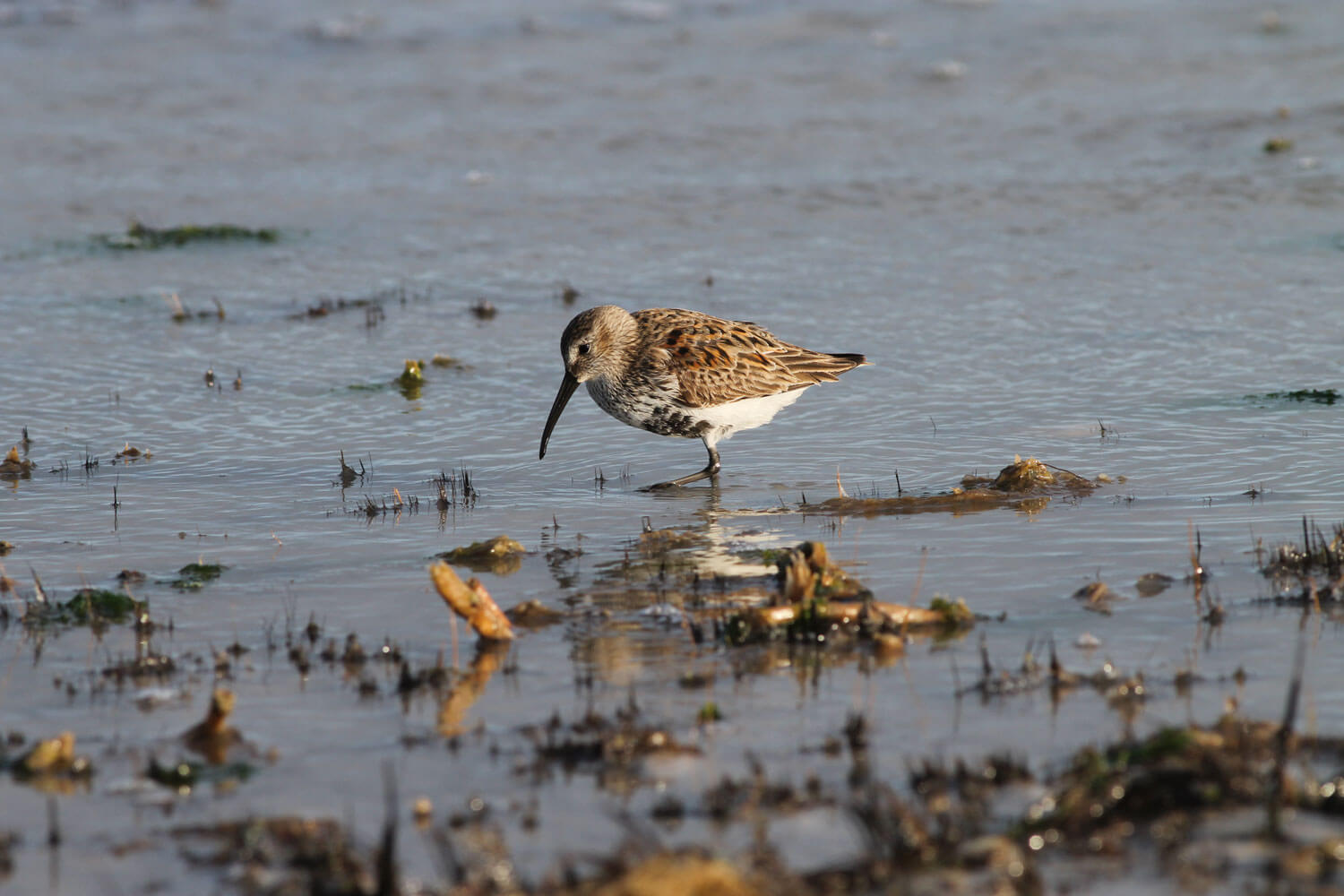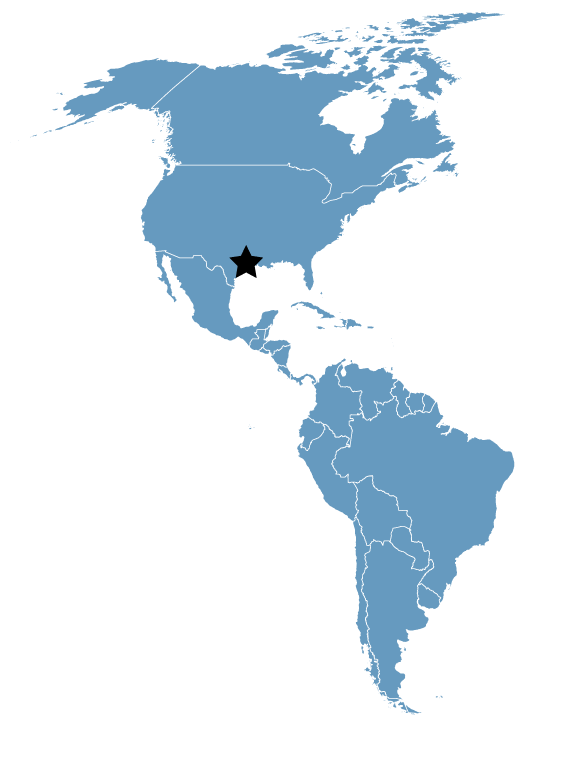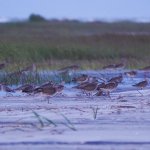Port Aransas Nature Preserve at Charlie’s Pasture
Location
United States, Texas
Category
Regional
Basis for Designation
More than 1% of the biogeographic population for Wilson’s Plover (Anarhynchus wilsonia), Dunlin (Calidris alpina), Piping Plover (Charadrius melodus), Snowy Plover (Anarhynchus nivosus)
Significant Species
Wilson’s Plover
Dunlin
Piping Plover
Snowy Plover
Size
1,217 acres (493 hectares)
Date Designated
October 2024
Responsible entity
City of Port Aransas
Contact
Rae Mooney
Preserve Manager
City of Port Aransas
Colleen Simpson
Director of Parks & Recreation
City of Port Aransas
Context Map
Overview
Port Aransas Nature Preserve at Charlie’s Pasture is located along the Gulf Coast of the United States in Nueces County, Texas. The protected nature preserve covers just over 1,217 acres (493 hectares) and consists of small ponds, extensive tidal flats, marsh, and estuarine habitats, bordered by an upland tract that supports native grasses and brush species. The preserve’s eastern edge contains a large wetland that holds the deepest water in the preserve. The wetland’s gentle slope creates diverse habitat to support everything from pelicans to Baird’s Sandpiper (Calidris bairdii).
This site represents one of the few contiguous tracts of undeveloped land in the Texas coastal plain preserved for environmental, ecological, and historical purposes. The site is located in the city of Port Aransas, surrounded by residential communities, baseball fields, a small airport, a water treatment facility, and a shipping channel.

Piping Plovers at WHSRN Site Port Aransas, Texas. Photo: Coastal Bend Bays & Estuaries Program (CBBEP)
Importance to shorebirds
A total of 37 shorebird species have been reported for Port Aransas Nature Preserve at Charlie’s Pasture. The reported species use the site during southbound and/or northbound migration, though the majority are reported during wintering when the site is used for feeding and roosting. The site also provides important breeding habitat for five species, including the Wilson’s Plover (Anarhynchus wilsonia) and Snowy Plover (A. nivosus).
Port Aransas Nature Preserve at Charlie’s Pasture was designated as a site of regional importance due to the presence of significant numbers of four species of shorebird, including the Wilson’s Plover, Piping Plover (Charadrius melodus), Snowy Plover and Dunlin (Calidris alpina). The available data reaches or surpasses the 1% threshold level for all these species.
The data used to designate the site was obtained from ISS surveys, eBird lists, and regular shorebird surveys carried out by the Coastal Bend Bays & Estuaries Program (CBBEP)
Importance to other types of Wildlife
Besides its importance to shorebirds, Port Aransas Nature Preserve at Charlie’s Pasture is an important wintering site for the Whooping Crane (Grus americana), a globally Endangered species. The site is also an important resting site for ducks during the hunting seasons, and it hosts large numbers of the globally near-threatened Reddish Egret (Egretta rufescens), with an absolute high count of 38 individuals.

Dunlin at Port Aransas. Photo: Coastal Bend Bays & Estuaries Program (CBBEP)
Threats and management priorities
The main threats identified for the site include recreational activities, invasive species and problematic native species. Although recreation, and tourism in general, has a positive effect on the nature preserve because it helps fund the preserve’s operations and staff salaries, it also has the potential to have negative affects through increased human presence. City ordinances prohibit walking and biking off trail, and preserve staff actively engage with visitors to ensure these rules are followed.
Invasive species are present on the preserve, including feral hogs and Brazilian peppertree. Management actions include staff working continuously to control these threats. Raccoons and coyotes have been identified as problematic native species on the preserve, including coyote tracks reports next to depredated ground nests. The preserve staff are currently looking into managing these species for the benefit of shorebirds.
Apart from these threats, Port Aransas Nature Preserve at Charlie’s Pasture, being a coastal environment, is also subject to flooding and high winds from hurricanes, as well as the potential negative effects of sea-level rising due to climate change. The preserve is developing a plan to mitigate sea level rise impacts on tidal flats and to ensure that infrastructure will be more resilient to severe weather. The seawall dividing the preserve from the adjacent shipping channel was destroyed during Hurricane Harvey. This resulted in the destruction of trails and boardwalks, and habitat degradation through erosion and sediment deposition. The City has since restored the bulkhead and rebuilt the boardwalk. The boardwalk and trail system are key in reducing human disturbance to nesting birds by keeping the public confined to certain areas. The restored infrastructure is now much more resilient to future storms (deeper pilings, flow-through decking to reduce storm surge damage and send light through to plants). In general terms, the preserve staff is very active in managing








